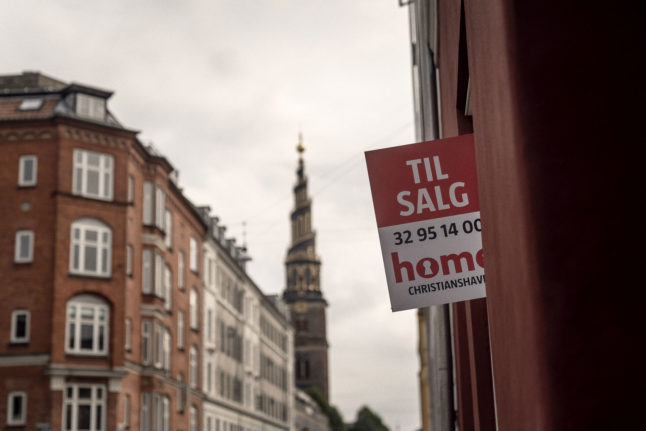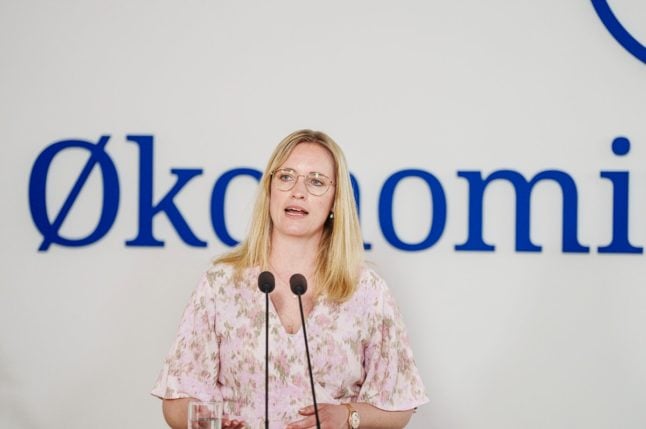Some 6,912 houses were put up for sale in March, bringing the total on the market in Denmark to just over 31,000, new figures from Finans Danmark published on Wednesday show.
The total number of houses on the market is almost 3,700 more than in March 2023 and the most since April 2020.
The number of houses newly put up for sale has meanwhile not been as high as the current figure since 2008.
READ ALSO: What prospective homebuyers in Denmark can expect in 2024
“It’s not surprising that a lot of people their house up for sale when spring arrives, but a record number of Danes have chosen to put their house up for sale in the first month of spring this year,” said Ane Arnth Jensen, deputy CEO of Finans Danmark.
“A factor may be that some sellers wanted to get their house on the market before Easter, where potential buyers can use the holidays to look at houses,” she said.
The beginning of this year saw a record low level of interest among buyers on Denmark’s property market.
Part of the explanation for that statistic was a lower appetite for buying a home during the winter.
A decline in interest in the Copenhagen area was meanwhile related to new property tax rules which took effect on January 1st. Apartments in Copenhagen face the highest potential tax hikes under the new rules.




 Please whitelist us to continue reading.
Please whitelist us to continue reading.
Member comments